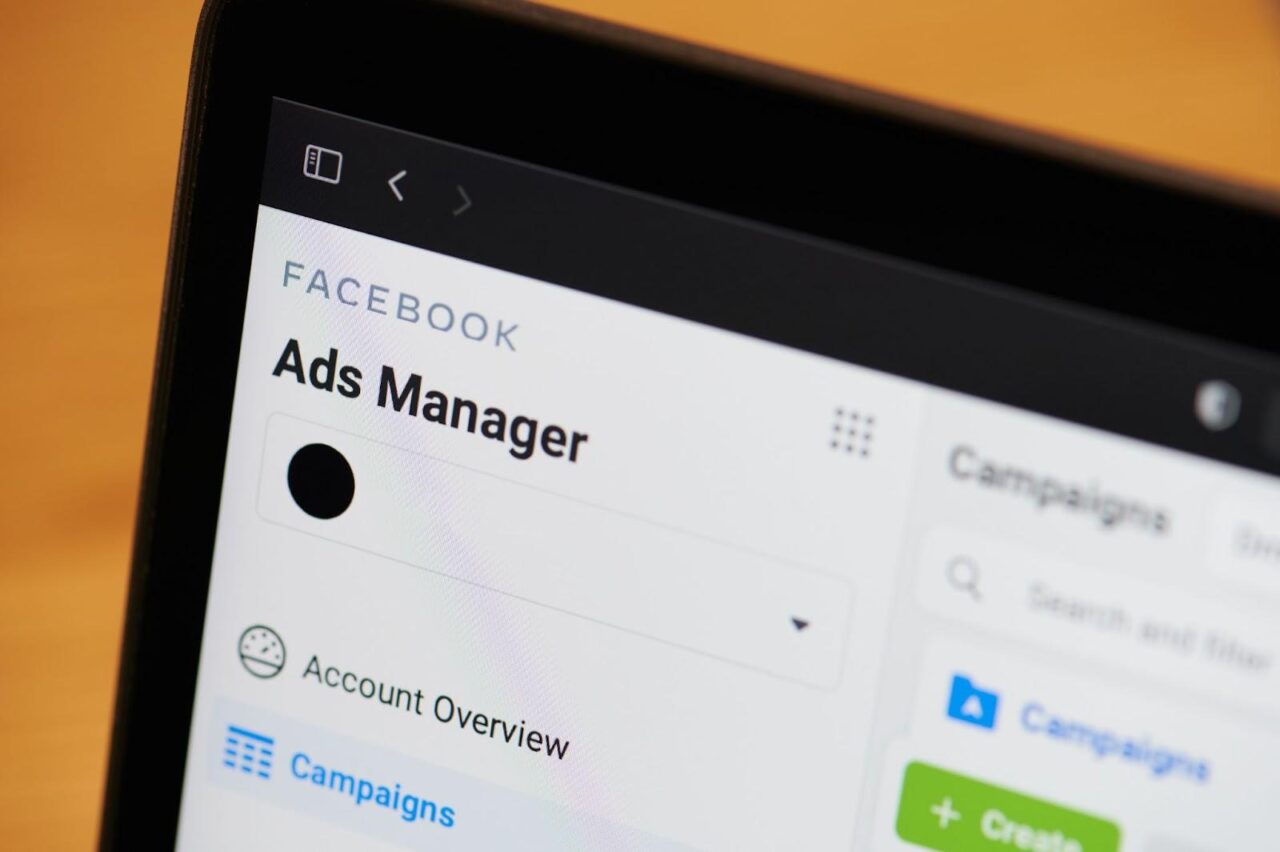The digital advertising landscape is continually evolving, and one of the most significant advancements in recent years is the rise of programmatic and Over The Top (OTT) advertising.
As a marketing manager, understanding these concepts and leveraging them can significantly enhance your advertising strategy.
Understanding Programmatic Advertising
Programmatic advertising automates the buying and selling of digital ad space, making the process more efficient and effective. It eliminates the need for manual ordering, setting up, and reporting on ads, which can be time-consuming and unreliable. Programmatic advertising platforms, such as Publift, streamline this process, allowing businesses to advertise on digital screens more effectively.
Programmatic advertising works by connecting publishers, who have ad space (or ad inventory) to sell, with advertisers who want to buy that space to promote their brand. When an advertiser wants to launch a digital campaign, they use a Demand-Side Platform (DSP) to automate the buying of ad impressions. The DSP ensures the ads are aimed at the right audience by using a Data Management Platform (DMP), which manages audience data.
When a person within the advertiser’s target audience lands on a publisher’s website, the website sends an ad request to the Supply-Side Platform (SSP). The SSP runs an auction among its buyers, and the DSP uses its data to evaluate the ad and decide a bidding price. This process, often referred to as Real-Time Bidding (RTB), takes just 100 milliseconds to complete.
The Benefits of Programmatic Advertising
Programmatic advertising offers numerous benefits for both advertisers and publishers. For advertisers, it provides the ability to scale, offering a large audience reach by purchasing ad space from any available ad inventory. It also offers real-time flexibility, allowing advertisers to make real-time adjustments to ads based on their impressions. Programmatic advertising provides efficiency, streamlining the process and serving more relevant ads through targeting.
For publishers, programmatic advertising simplifies the selling of advertising space and optimizes ad sales with automation tools. It also allows for better communication and collaboration with advertisers, ensuring mutual benefit. Additionally, it ensures relevancy, serving visitors with ads that are relevant to them.
Over The Top (OTT) Advertising
OTT advertising is another powerful tool in the digital advertising arsenal. OTT refers to content providers that distribute streaming media directly to viewers over the internet, bypassing traditional cable or satellite television platforms that traditionally control the distribution of such content.
OTT advertising allows marketers to reach their audience on platforms they are increasingly using to consume content. It offers precise targeting capabilities, allowing advertisers to reach specific demographics based on viewing habits, interests, location, and more. OTT advertising provides detailed analytics, enabling advertisers to measure the effectiveness of their campaigns and adjust accordingly.
The Power of Real-Time Placements and Audience Targeting
One of the most significant advantages of programmatic and OTT advertising is the ability to purchase placements in real-time and target audiences more precisely. This real-time bidding system allows advertisers to bid on ad space in real-time, ensuring they only pay for ads that are actually viewed by their target audience.
Advanced targeting capabilities allow advertisers to segment their audience based on various factors such as demographics, interests, online behavior, and more. This ensures that ads are served to the most relevant audience, increasing the likelihood of engagement and conversion.
Invest in Programmatic and OTT Advertising with VEA
Programmatic and OTT advertising represent a significant shift in the digital advertising landscape. They offer numerous benefits, including efficiency, scalability, precise targeting, and real-time placements. As a marketing manager, understanding and leveraging these tools can significantly enhance your advertising strategy and drive better results for your business.
By staying informed about the latest trends and best practices, you can ensure that your advertising efforts are as effective as possible. Reach out to the experts at VEA Technologies. to get learn more about how these types of advertising can help your business grow.
























